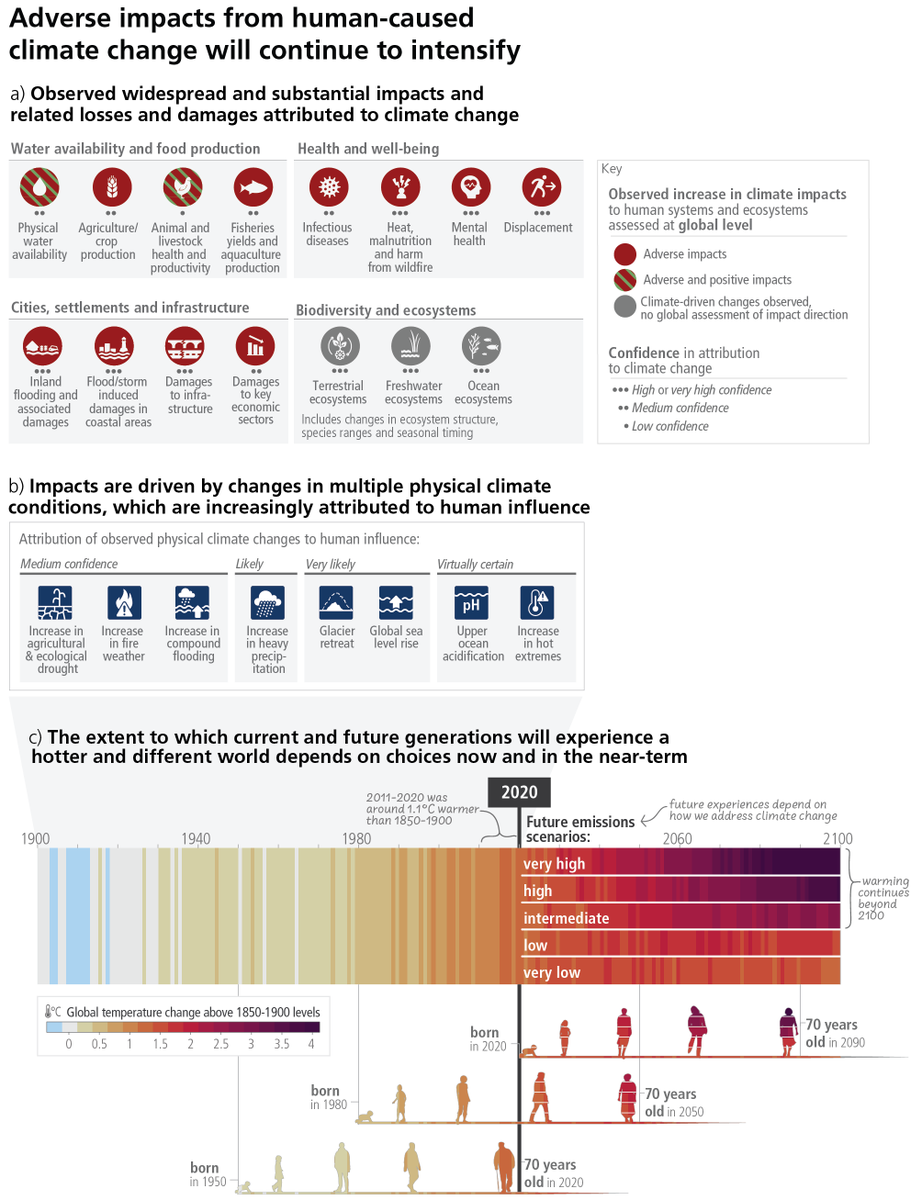Leaked #EU2030 #climate target plan indicates that @EU_Commission wants to fully integrate LULUCF into target accounting and enhance land-use and forestry sink t by 2030.
A sensible step, but it gives EU ~5 percentage points on the 2030 balance sheet without additional action
A sensible step, but it gives EU ~5 percentage points on the 2030 balance sheet without additional action

We anticipated this move already in our SWP Research Paper "Unconventional Mitigation: Carbon Dioxide Removal as a New Approach in EU Climate Policy"
swp-berlin.org/10.18449/2020R…
swp-berlin.org/10.18449/2020R…

background info: It's a little known fact that LULUCF emissions and removals are measured/accounted and reported, but not (fully) included in overall EU target achievment calculations
swp-berlin.org/10.18449/2020R…
swp-berlin.org/10.18449/2020R…

Commission's net zero GHG scenarios clearly show importance of LULUCF-based removals. No way to reach net-zero (& net negative thereafter) w/o these.
Makes sense to include LULUCF into high level target setting, but accounting issues need to be resolved
swp-berlin.org/10.18449/2020R…
Makes sense to include LULUCF into high level target setting, but accounting issues need to be resolved
swp-berlin.org/10.18449/2020R…

just trying to connect these threads
https://twitter.com/Oliver_Geden/status/1305559281035599874
• • •
Missing some Tweet in this thread? You can try to
force a refresh
















